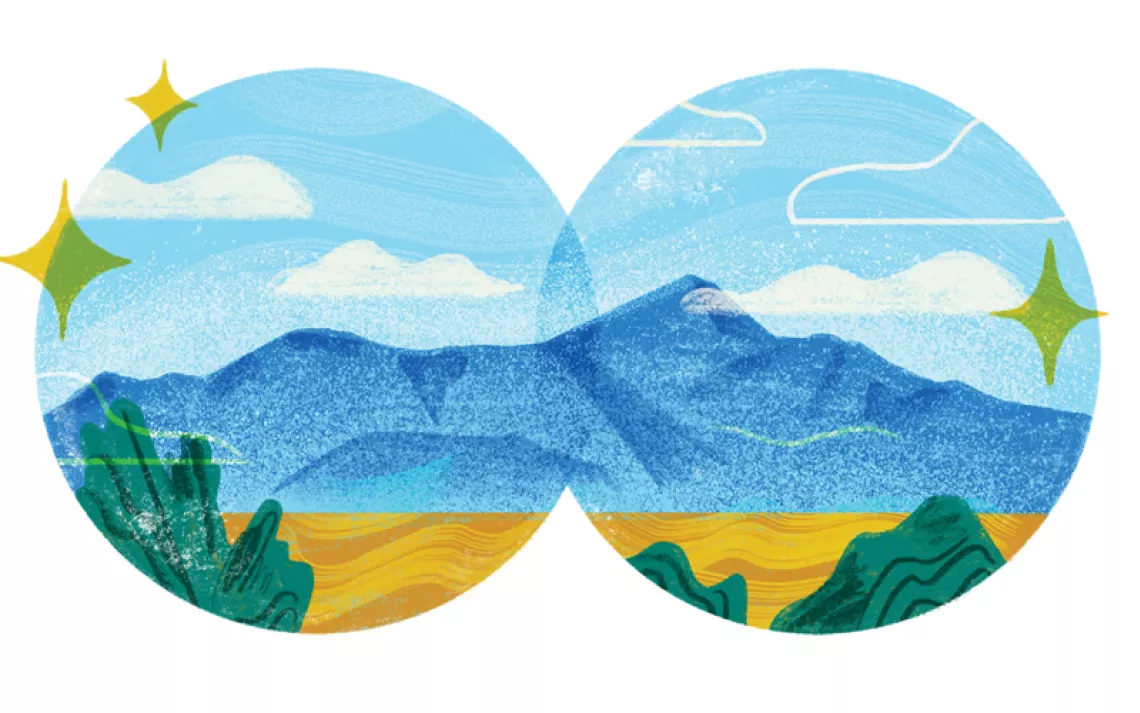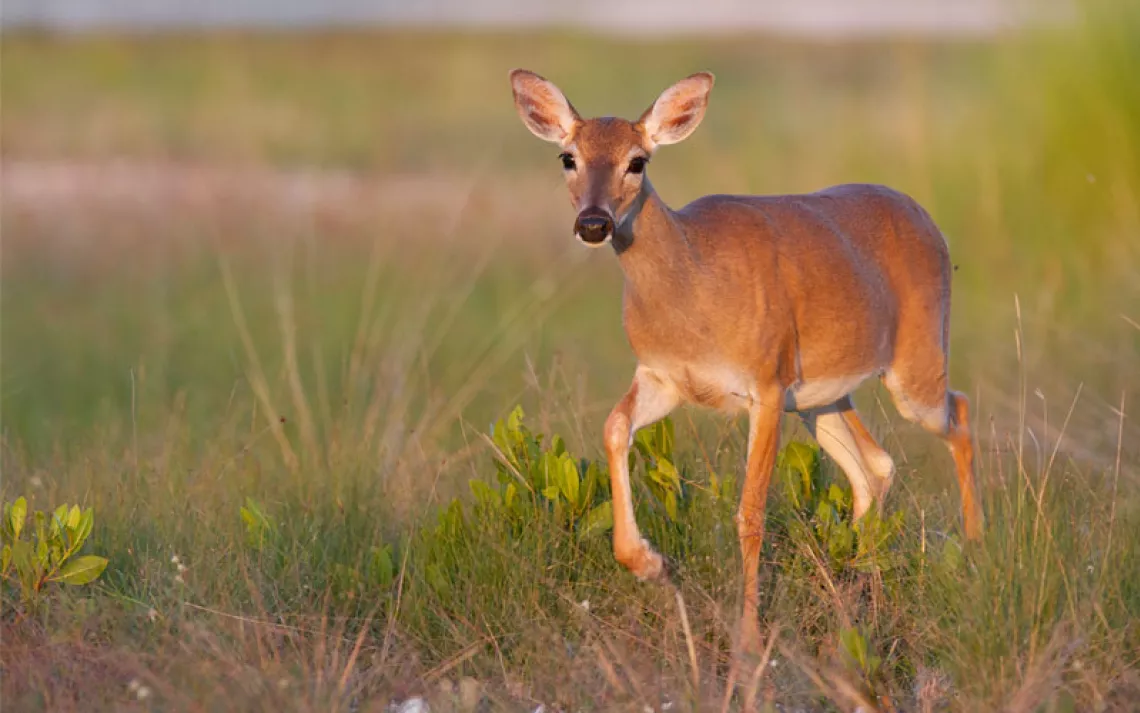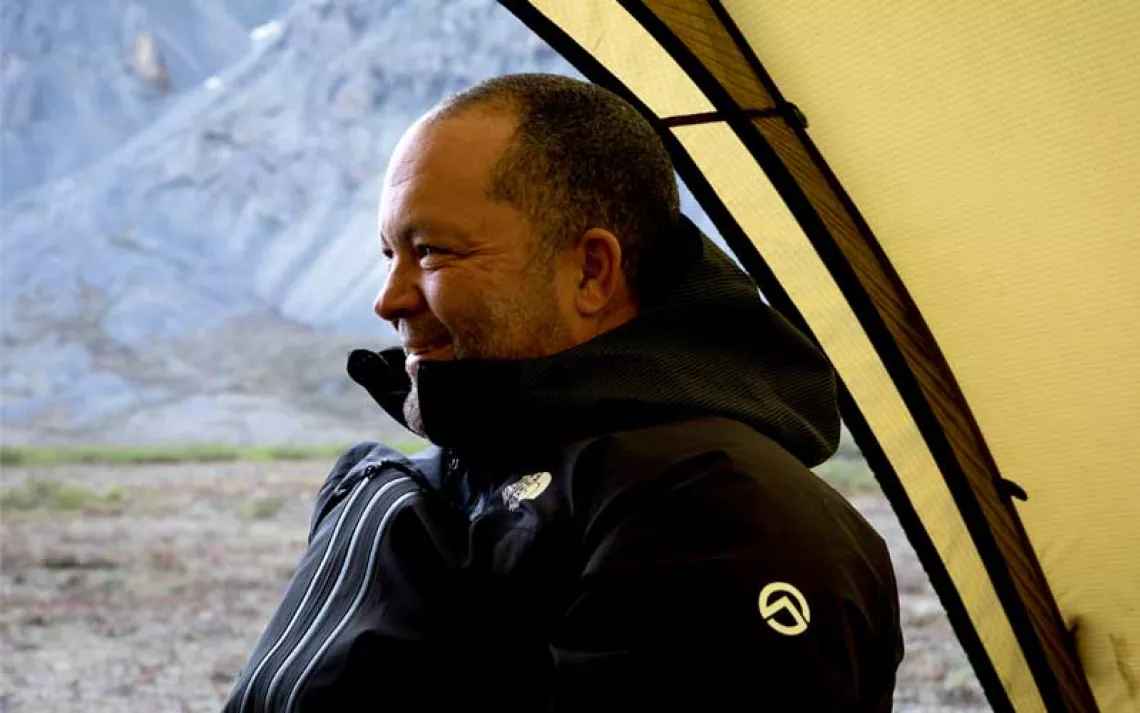Wilderness Deserves to Be Left Alone
Humans should keep their hands off the Arctic National Wildlife Refuge

Few animals spark such intense emotions as the wolf. Hated and celebrated, feared and revered, the wolf has always been a Rorschach test for our relationship to the rest of life on Earth. For some, the wolf is a totem of wildness; for others, it's a menace. Since wolves were reintroduced into Yellowstone National Park in 1995, these divisions have typically fallen along ideological lines. But at Isle Royale National Park in Michigan, the fate of the wolf has split people of similar views and values, and forced hard questions about what we value more: wildlife or wildness itself.
As Conor Mihell reports in "A Reasonable Illusion," the National Park Service is planning to reintroduce wolves onto Isle Royale, a nearly 900-square-mile wilderness on Lake Superior. Biologists say the reintroduction is necessary to sustain the park's tiny population of wolves—now reduced to one elderly, inbred pair—and help regulate the island's resident moose, which otherwise would browse the island's flora into oblivion. Some wilderness advocates, however, are opposed. They say putting new wolves onto the island is an unnecessary intervention that violates the spirit (and perhaps the letter) of the Wilderness Act. "The Wilderness Act tells us to take ourselves out of the picture," environmental historian Roderick Nash says. "It doesn't matter what humans want."
Maybe this doctrinal dispute among conservationists seems like a small matter. But the divisions over Isle Royale's wolves are emblematic of more-high-stakes debates about how, when, and whether human desires should override the need to keep some places free from civilization. For decades, just such a debate has played out regarding the fate of the Arctic National Wildlife Refuge, Brooke Jarvis writes in "The Last Stand of the Last Great Wilderness." The refuge is one of the planet's few remaining places big enough and remote enough for ancient rhythms, like the annual migration of caribou, to persist. It is also endowed with ample petroleum reserves. And so for generations, the Arctic Refuge has been at the center of a political tug-of-war over the land's best use—and whether to use it at all. The refuge, prominent 20th-century conservationist Olaus Murie once said, forces us to confront "the real problem of what the human species is to do with the earth."
In late 2017, the petroleum industry and congressional Republicans finally achieved their longtime goal of opening up part of the refuge to oil extraction. Ryan Zinke's Interior Department is sprinting to begin fossil fuel exploration as soon as possible. The whole scheme is a crude concoction of venality and stupidity, based on the premise that a year's supply of oil is worth more than preserving a biological and cultural treasure that, once invaded by industry, will never be the same.
Despite what you might have heard, this struggle is not over; the Sierra Club, the Gwich'in Nation, and others continue working to prevent oil rigs from moving in. The Arctic Refuge remains a test of our society's ecological ethic: Can we resist the temptation to turn every last terrain into a vehicle for human wants? Even in a place as remote as the refuge—especially in a place as remote as the refuge—we must commit to keeping our hands off. Such a commitment will help guarantee that, in some places at least, the wolf's howl remains the loudest sound on the landscape.
This article appeared in the November/December 2018 edition with the headline "Let It Be."
 The Magazine of The Sierra Club
The Magazine of The Sierra Club



